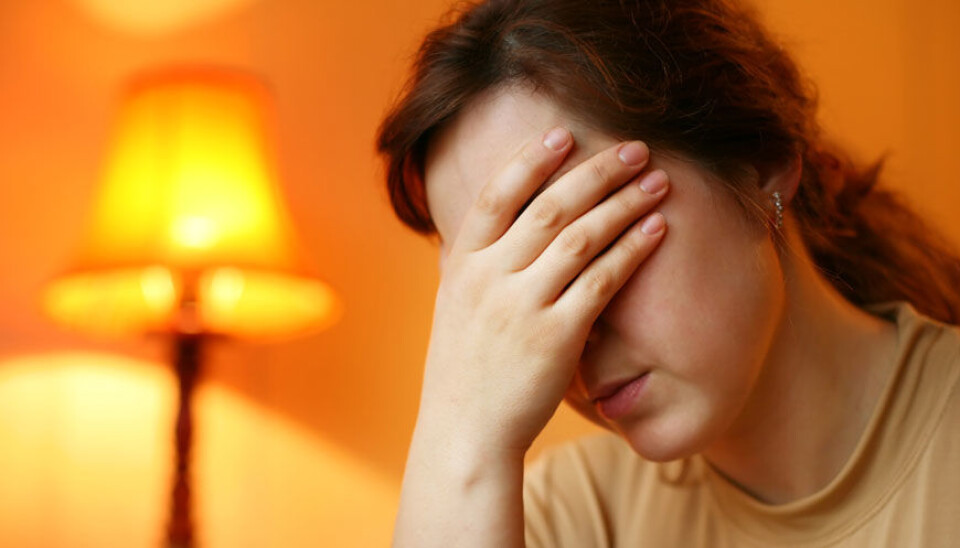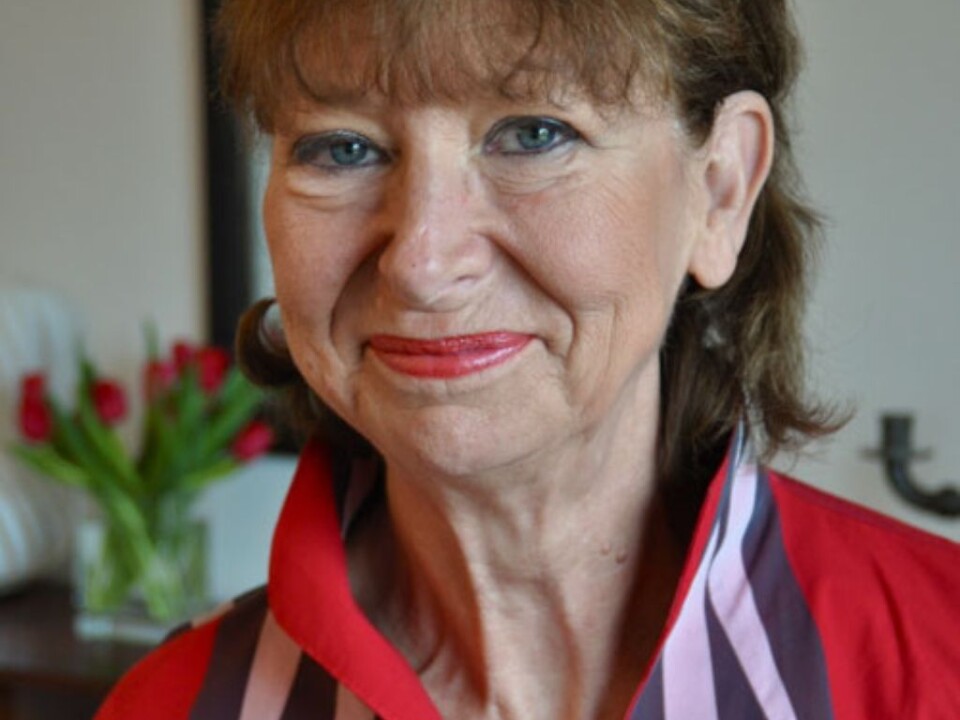
Swedish women struggle with stress
Nearly two-thirds of all middle-aged Swedish women experience stress. Researchers blame it on the conflicting demands posed by careers and children.
Upwards of 70 percent of all Swedish women aged 38 to 50 now experience stress, as opposed to a share of about one-third in 1968.
Researchers at the Sahlgrenska Academy of the University of Gothenburg uncovered this trend as part of a long-term study of 1,500 women since the end of the 1960s, called the Population Study of Women in Gothenburg.
In the new study, the 1,500 women were asked whether they experienced long-term periods of stress. Stress was defined as being irritable, tense, nervous, anxious, afraid or anguished or experiencing disturbed sleep.
Jobs and family
Cecilia Bjørkelund, a general practitioner and professor in the Department of Primary Health Care, Institute of Medicine, at the University of Gothenburg, has been involved with the study since 1992. She thinks the increase in stress among middle-aged women may result when today’s women simultaneously prioritise both outside jobs and family.

“Forty years ago most middle-aged women with children were stay-at-home mums,” says Bjørkelund.
“Mothers waited until their children were older before taking outside jobs, and even then most of them worked only part-time. The opposite is true today, with nearly all women in the paid workforce despite having children.”
Bjørkelund says there is a clear generation shift in emotions associated with stress.
“In 1968 these emotions were substantially linked to family situations, whereas in 1992, when women had more employment and worked longer hours, their stress was more related to work.”
Bjørkelund says that a woman's experience of stress is often connected with sleep disorders and insomnia, which again are linked to jobs, economy, family and social situations.
Psychosomatic symptoms
One of the project's latest studies focuses on stress related to psychosomatic symptoms. It shows that stress led to physical ailments in four out of ten women with chronic stress.
Among the women who reported stress, 40 percent had psychosomatic symptoms in the form of aches and pains in their muscles and joints, 28 percent suffered from headaches or migraines and the same proportion reported gastrointestinal complaints.
Among women who experienced long-term stress but who did not report any stress-related problems when the study began in 1968-69, 27 percent had new symptoms in the form of muscular and joint pain when they were followed up 12 years later. Some 15 percent had new complaints in the form of headaches and/or gastrointestinal problems.
The results show a clear link between perceived stress and the prevalence of psychosomatic symptoms among women.
What can the health services do?
The next stage of the study involves an evaluation of methods that could be used in the health care system, particularly by the primary care system, to help individuals deal with stress-triggered symptoms and illnesses. Researchers will also study how the individual and society can reduce the risk of exposure to stress at work.
Bjørkelund thinks that important changes in society must be made to reduce stress complaints among women.
“It’s a matter of demands made at work and themes such as working hours, access to kindergartens and salary levels. We need to upgrade women’s occupations, so that pre-school teachers, health workers and teachers get better working conditions and better pay,” she says.
The researchers have followed up on the 1,500 women since the start of the project in 1968 until today, including information about cause of death if applicable. So far, the study has found no evidence that stress elevates the risk of premature death.
-------------------------
Read the Norwegian version of this article at forskning.no
Translated by: Glenn Ostling






